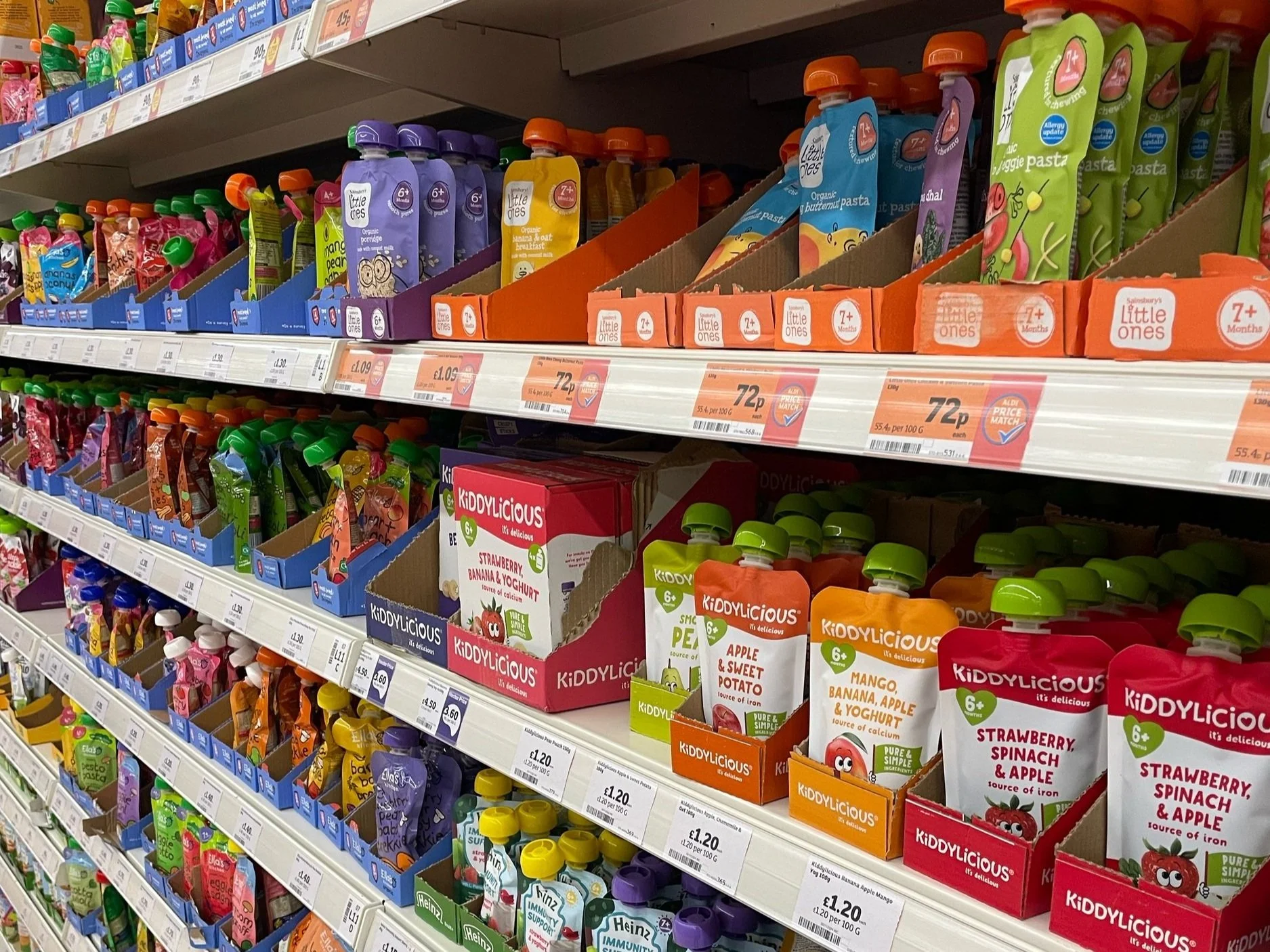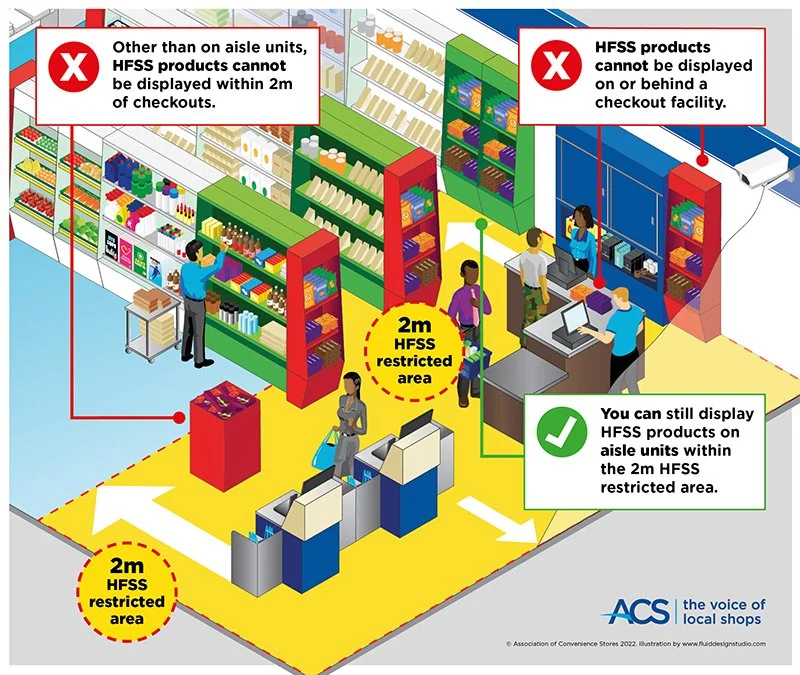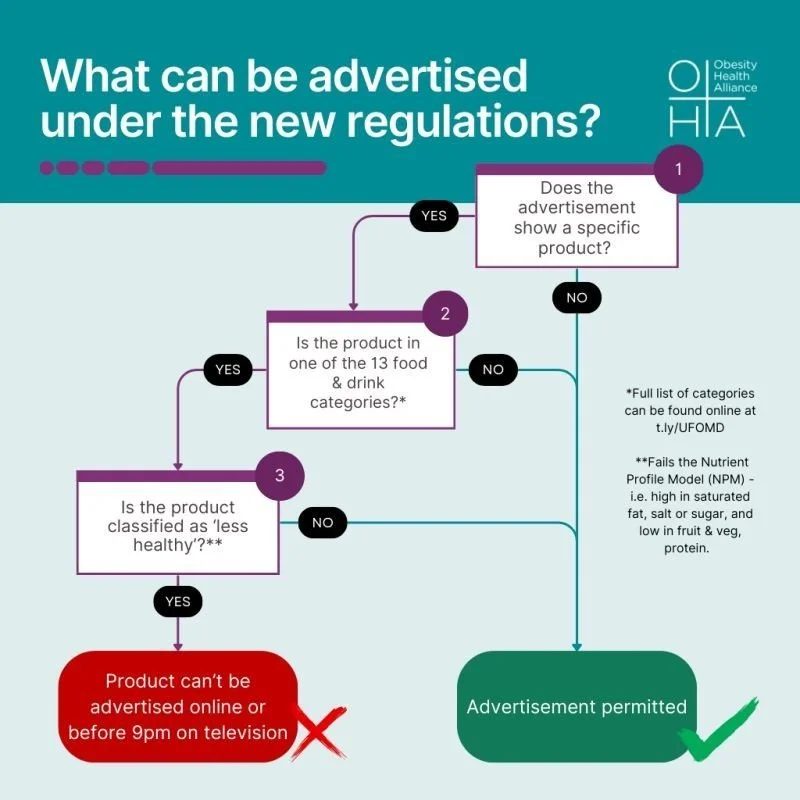What Is a Nutrient Profile Model and Why Does It Matter for Healthy Food Systems?
Why are so many policy makers, companies, and campaigners talking about Nutrient Profile Models (NPMs) as a tool to improve health?
And what should we know about how they're used?
Understanding Nutrient Profile Models
At its core, a Nutrient Profile Model is a scientific tool for classifying foods and drinks based on their nutrition. They are used for multiple purposes including in the design of public health regulations, to inform corporate health strategies, and to guide consumer-facing labelling.
Typically, these models are designed to assess the balance of positive nutrients (e.g: fibre, protein, fruit and veg content) and less positive nutrients (e.g: saturated fat, sugar, salt). By assessing products, in this way they aim to identify which products are 'more and less healthy'. And, depending on national policies or businesses strategies, they set a precedent for how those products are formulated, marketed, sold, or labelled. This makes them especially useful as a policy tool for setting standards at the portfolio level.
Different Models, Different Uses
NPMs aren't one-size-fits-all. They've been developed across the world for different purposes, from regulating advertising to defining unhealthy food taxes or shaping retail promotions.
Here are three models that stand out for their influence on the global food system:
1. World Health Organisation’s Nutrient and Promotion Profile Model
The World Health Organisation’s Nutrient and Promotion Profile Model (NPPM) is a classification system for commercial foods aimed at young children under 3 and is the only NPM to combine standards for nutritional composition and promotion. It evaluates product suitability, informs product reformulation and guides policy reform to support goals for optimal nutrition and development in young children.
We know a lot about this model because Ali was one of the team of experts working on its development.
It uses information on product packaging to assess the appropriateness of commercial baby foods. In general, the NPPM aims to reduce sugar content and sweet taste profile of products through limiting the addition of free sugars, total sugar content or pureed fruit content in certain categories and through requiring front-of-pack label for products which are high in sugar. Thresholds are also in place to ensure appropriate energy density, salt, protein and fat contents across product categories.
2. UK's Ofcom Nutrient Profile Model
The NPM we use in the UK was developed by the Food Standards Agency (FSA) in the early 2000s 2004-2005 as a tool to help Ofcom improve the balance of healthy foods television advertising to children. It is now widely known as the ‘Ofcom NPM’.
The NPM calculates an overall score for food or drink products based on the amount of energy, saturated fat, sugar, and salt they contain, minus points for beneficial ingredients like fruit, vegetables, nuts, fibre, and protein. The lower the NPM score, the healthier a product is deemed to be.
The UK NPM (used for regulatory restrictions) produces a single score based on the total nutrient profile of a food or drink. It’s also used by retailers and manufacturers beyond ensuring compliance with marketing rules to track progress on internal health targets. It forms the basis for policy measures like restricting High Fat Salt Sugar (HFSS) products from store entrances, aisle ends, or homepage banners - interventions that shape what people see and buy.
This NPM is the basis of the high fat salt sugar restrictions in the UK obesity policy which restricts high fat salt sugar foods in 3 ways:
By location in store
By volume price (BOGOF deals, 2 for 1s etc)
By marketing (online and before 9pm)
How are restrictions applied across categories?
The HFSS regulations include 13 categories of foods (otherwise known as categories "in scope"). Only less healthy products within these categories are restricted within HFSS regs.
If a food scores four points or more, or a drink scores one or more, it is categorised as high in fat, salt, or sugar (HFSS) and subject to restrictions. These rules are already live in England, with further regulations due in 2025 to cover volume promotions and online advertising.
Examples of HFSS and non-HFSS products in breakfast food aisle
3. The PAHO Model
Developed for use across Latin America, this NPM takes a different approach. It not only evaluates nutrients but also incorporates the concept of ultra processed foods (UPF) using the NOVA classification.
Products that are ultra-processed (NOVA 4) and exceed thresholds for sugar, salt, or fat are deemed poor for health and subject to mandatory front-of-pack warning labels. This model is now central to food policies in countries like Mexico, Chile, and Colombia, where black octagon labels alert consumers to UPFS which are high in levels of critical nutrients.
Example of front of pack warning labels applied to UPF
The PAHO Nutrient Profile Model is intended to help in the design and implementation of various strategies related to the prevention and control of obesity/overweight, including the following:
Restrictions: in the marketing of unhealthy food and beverages to children
Regulation: of school food environments (feeding programs and food and beverages sold in schools)
Labelling: determining use of front-of-package warning labels (FOPWL) on products
Why All the Focus on NPMs?
NPMs matter because they provide a structured way to define and measure the healthfulness of food at both the product and portfolio level. For policymakers, it creates an evidence-based foundation for regulation, whether that's about restricting TV adverts, guiding supermarket layout, or helping consumers make better choices.
For businesses, this enables internal benchmarking, reformulation, and responsible marketing.
They also offer consistency. In a food system filled with health claims and mixed messaging, NPMs act as an objective standard. They take the guesswork out of determining which products are healthier and offer a level playing field for companies to operate based on healthier offers - not just branding.
Many businesses are using NPMs proactively to track progress across categories, align with investor expectations, and communicate nutritional improvements to customers.
In a marketplace where health and sustainability are rising up the agenda, this kind of structured, evidence-led measurement is fast becoming essential.
Strengths and Limitations of NPMs
For all their benefits, NPMs are not a magic bullet. One gap in current models is the exclusion of environmental sustainability. As the food system grapples with climate, health, nature and biodiversity crises, there's growing recognition that we need tools to measure health and sustainability in tandem.
That said, these models remain one of the most pragmatic health measurement tools we have. They are adaptable, evidence-based, and designed to scale, whether across a national supermarket chain or a government's public health strategy.
Final Thoughts
Nutrient Profile Models might not be wildly exciting, but they are one of the most important tools in the food system transformation toolkit. They provide the structure, consistency, and evidence base we need to support healthier diets and, increasingly, more sustainable choices too.
The opportunity now, and one which we are actively working on at Planeatry Alliance, is to evolve these models, integrate sustainability, and apply them more widely across the food system, so that nutrition and sustainability are no longer siloed, but embedded into every decision we make.
If you are interested in partnering with us on assessing foods on their nutrition and/or sustainability, drop us a line to talk.





